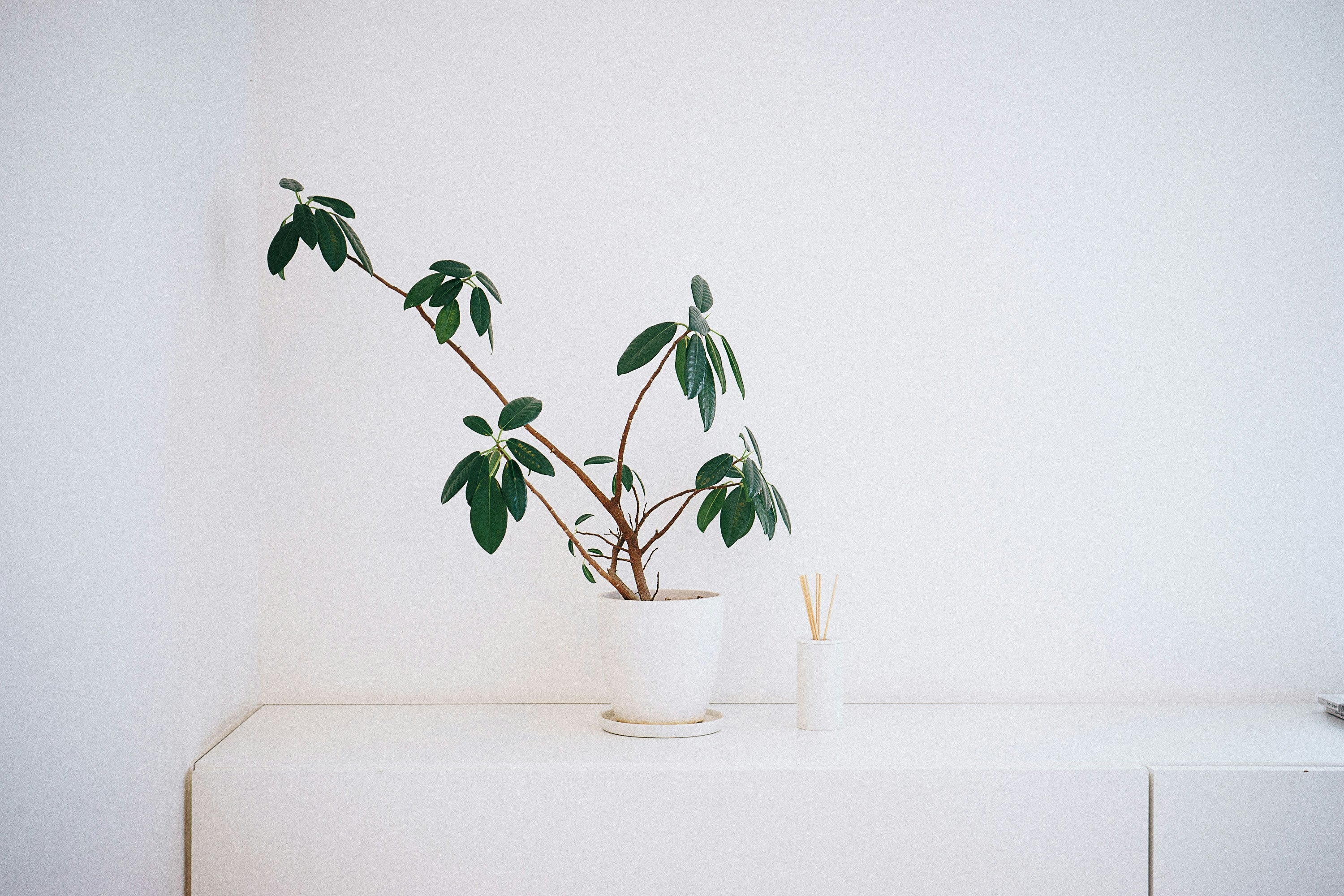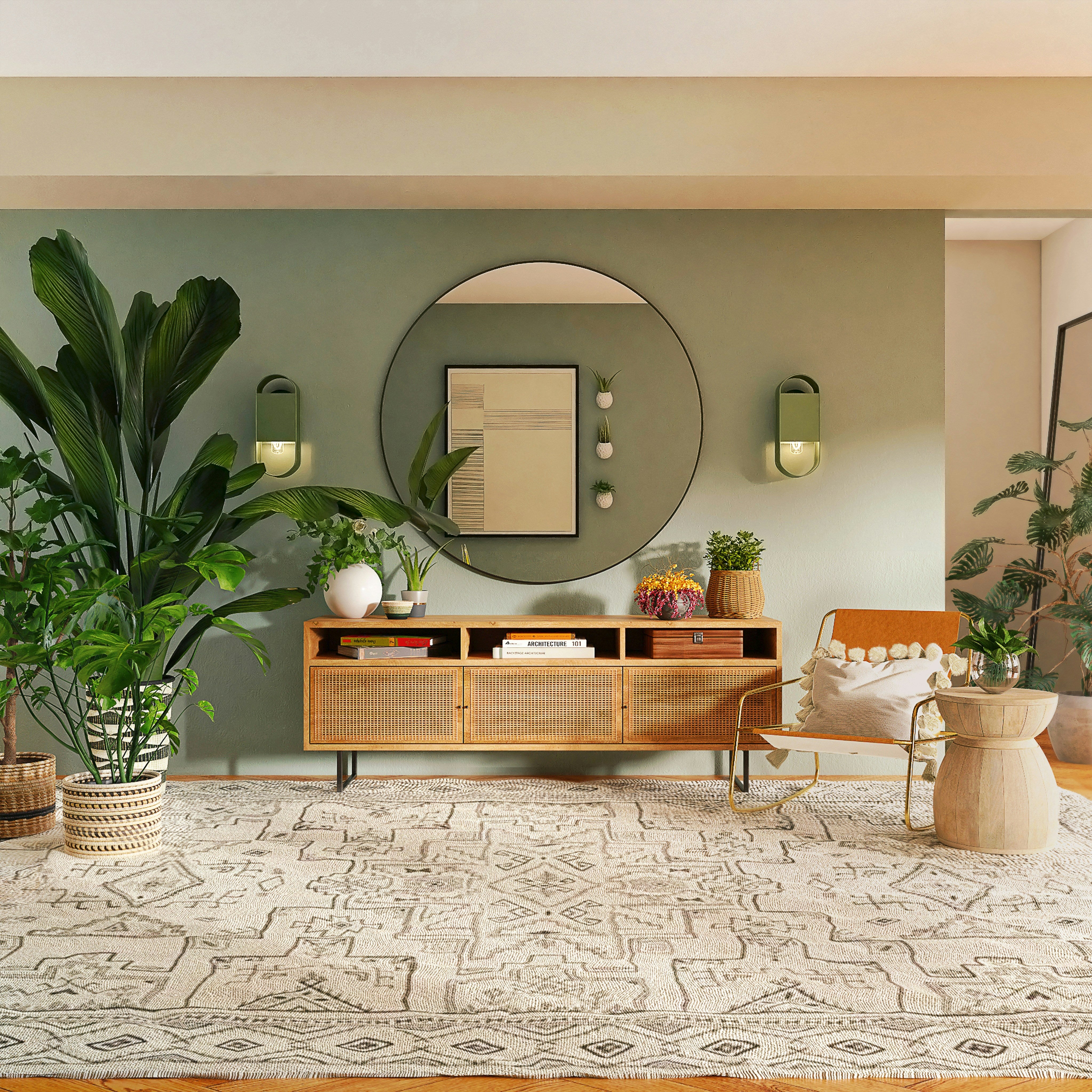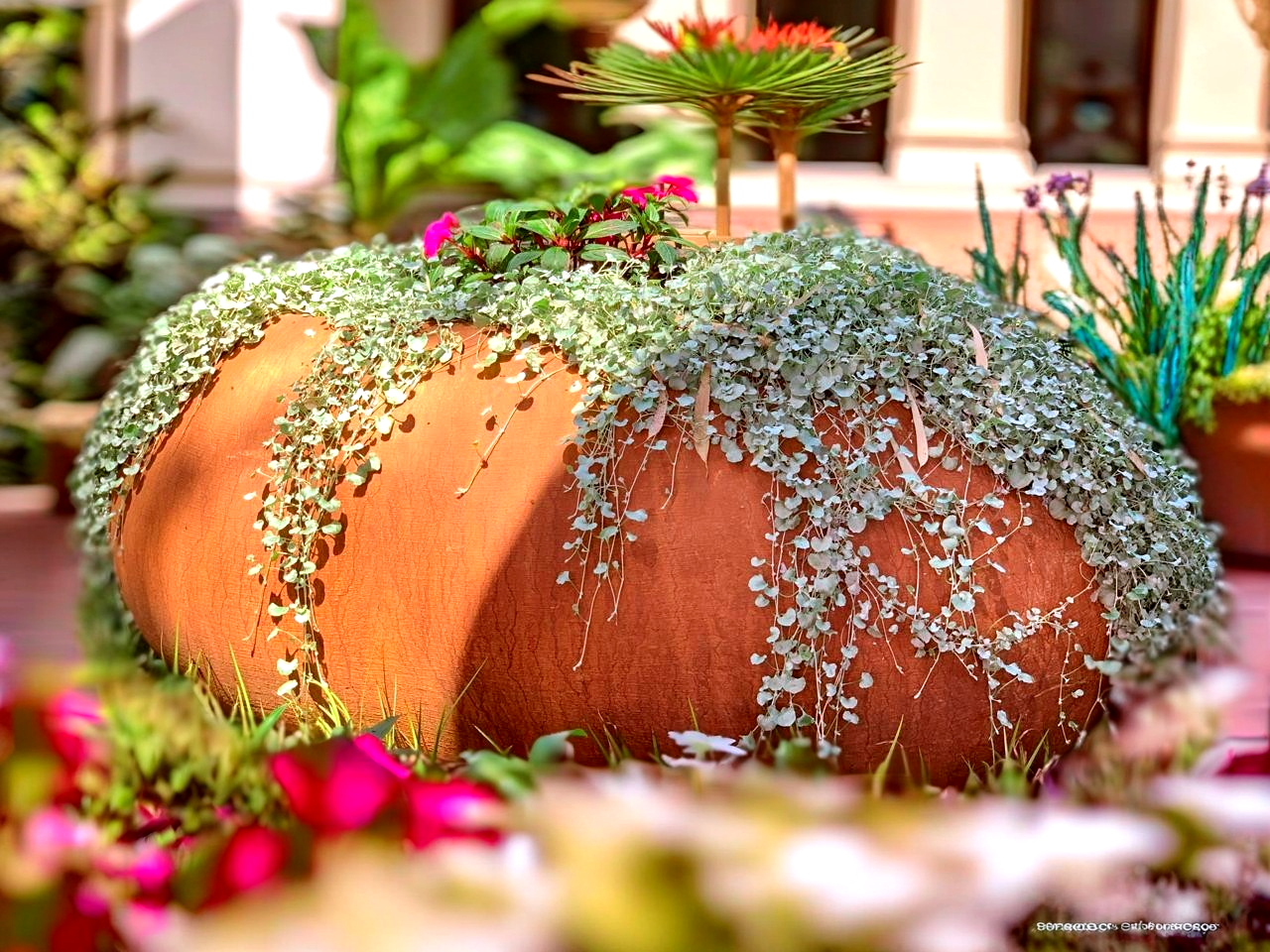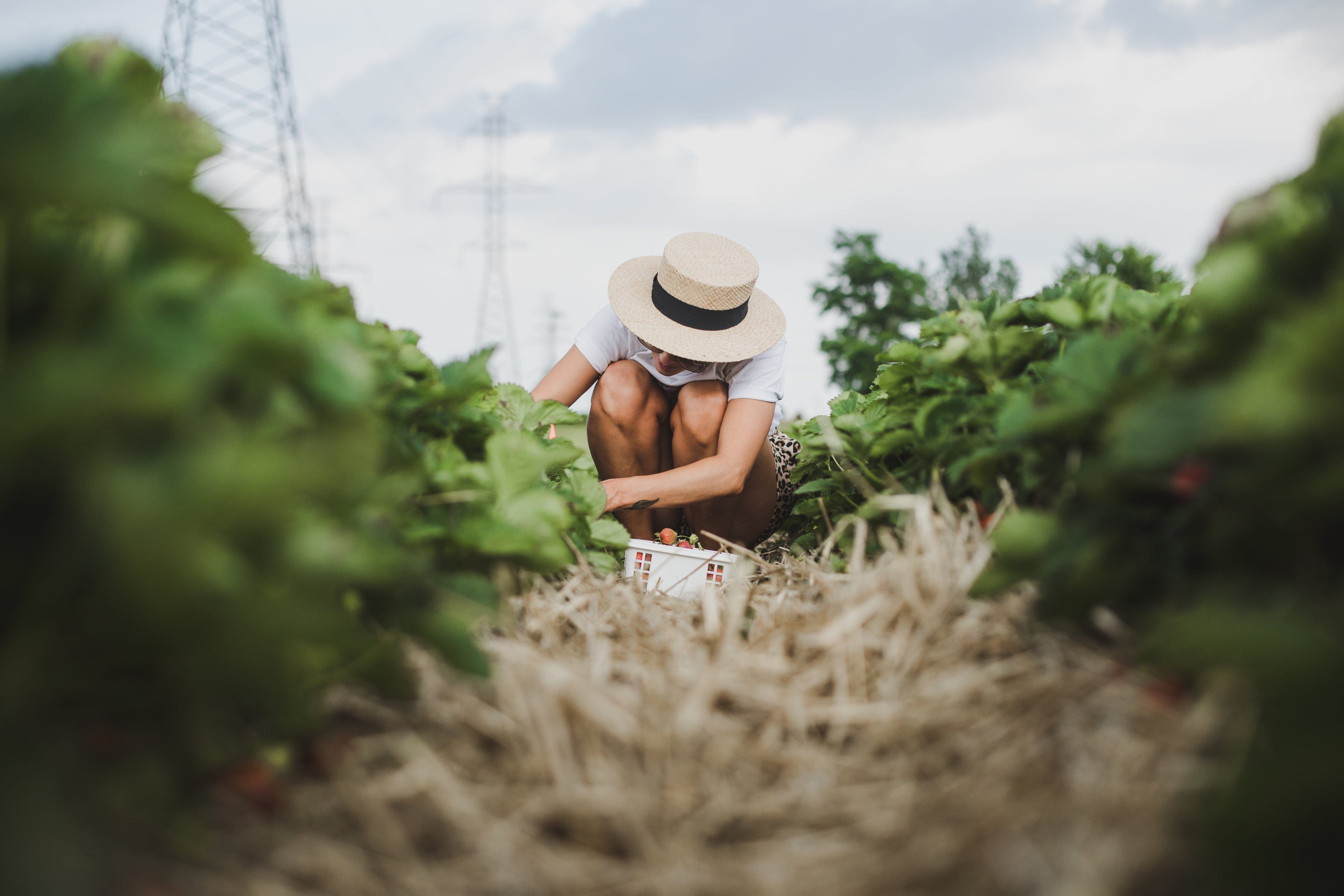
How to Keep the Plants You Buy at Woolworths Alive
Welcome to the green side of life! Bringing home a new plant from a retailer like Woolworths can be a delightful addition to your home, infusing it with life, color, and a touch of nature. However, the journey from the store to thriving in your home can sometimes be a tricky transition for your leafy friends. Let's dive into the art of plant care, focusing on the crucial first steps post-adoption, and how incorporating the right concrete or plastic pots can make all the difference.
Unboxing Your Greenery: First Steps to Flourishment
Acclimatization: The Gentle Transition
Bringing your plant home from a place like Woolworths is more than just a physical journey; it's an environmental shift. Plants, much like us, need time to adjust to new surroundings. Start by gradually introducing your plant to its new home. If it's an indoor plant, avoid placing it directly under harsh sunlight or in drafty areas initially. Instead, find a spot that mimics the light conditions it experienced in the store. This gentle transition can help reduce shock and ease your plant into its new environment.
The Right Pot: Concrete or Plastic?
Choosing the right pot is crucial for your plant's health. Concrete pots, available at The Pot Shack, are fantastic for their durability and aesthetic appeal, adding a touch of elegance to any space. They're particularly suitable for plants that prefer dry conditions, as concrete can absorb excess moisture, reducing the risk of root rot. On the other hand, plastic pots are lightweight, versatile, and retain moisture well, making them ideal for moisture-loving plants. Remember, the pot size should give your plant enough room to grow, but not so much that the soil stays wet for too long.
Essential Watering Tips
Watering is where most new plant parents stumble. The key is not to follow a strict schedule but to understand your plant's needs. Check the soil moisture by sticking your finger about an inch deep. If the soil feels dry, it's time to water. If it's still moist, wait a few days before checking again. Overwatering can be just as harmful as under-watering, so always err on the side of caution.
Nutrient Love: Feeding Your Plant
After the initial adjustment period, your plant will appreciate some nutritional support. Incorporate a balanced, water-soluble fertilizer into your care routine, following the recommendations on the product label. This step is crucial for replenishing nutrients lost during watering and ensuring your plant has everything it needs to grow strong and healthy.
Pest Patrol and Health Checks
Regularly inspect your plant for signs of pests or disease. Early detection can be the difference between life and death for your plant. Keep an eye out for discoloration, spots on leaves, or webbing, which could indicate an infestation. Gentle, natural remedies often can resolve these issues without resorting to harsh chemicals.
The Joy of Repotting
As your plant grows, it may outgrow its initial pot. This is a great opportunity to upgrade to a larger concrete or plastic pot from The Pot Shack. Repotting gives your plant room to expand its roots and continue growing healthily. Plus, it's a chance to refresh the soil and add new nutrients.
Highlights of Plant Care
- Gentle acclimatization to new environments prevents shock.
- Choosing the right pot—concrete for dryness, plastic for moisture retention—is key to root health.
- Water wisely; overwatering is a common pitfall.
- Nutritional support with balanced fertilizers promotes growth.
- Regular health checks keep pests and diseases at bay.
- Repotting supports ongoing health and growth.
FAQ Section
Q: How often should I water my new plant? A: Watering frequency depends on the plant type, size, and environmental conditions. Check the soil moisture level to determine if watering is needed.
Q: Can I use any soil for repotting? A: Use a soil mix suited to your plant's specific needs. General-purpose potting soil is a good start, but some plants may require more specialized mixes.
Q: How do I know if my plant needs to be repotted? A: Signs include roots growing out of the drainage holes, soil drying out rapidly, or the plant becoming top-heavy and tipping over.
Q: What's the best way to acclimate my plant to its new home? A: Gradually introduce it to its new environment by placing it in similar light conditions as it had in the store and slowly moving it to its ideal location over several days.
Q: How do I choose between a concrete and a plastic pot? A: Consider your plant's moisture needs. Concrete is breathable and suits drier conditions, while plastic retains moisture better for plants that need consistent hydration.
Incorporating these practices into your routine will transform you from a novice to a savvy plant parent in no time. Remember, every plant has its unique needs and personality; part of the joy of plant parenthood is learning and growing alongside your green companions. Whether nestled in chic concrete pots or versatile plastic ones, your plants can become a vibrant part of your home with a little care and love.




1 comment
Look forward to visiting your garden centre
Wendy
Leave a comment
This site is protected by hCaptcha and the hCaptcha Privacy Policy and Terms of Service apply.